444 episodes


The gut is the body’s largest sensory organ with a surface area 100 times that of the skin. It contains more nerve cells than the spinal cord, most of the immune system, and 95 percent of the body’s serotonin. Kallyope has assembled a discovery and translation platform to developed therapies to treat metabolic, gastrointestinal, and neurologic conditions by targeting the gut-brain connection. We spoke to Nancy Thornberry, chair of R&D for Kallyope, about the gut-brain connection, the company’s platform technology, and the case for targeting these interactions to treat a wide range of conditions.


Providers hold vast amounts of health data that can be harnessed to gain better insights into diseases, improve outcomes for patients, and help bring about an era of precision medicine. Despite advances in artificial intelligence to capitalize on these stores of data, much of it has remained siloed and out of the reach of researchers and drug developers who could put it to use. Last year, a group of 14 health providers caring for tens of million of patients through thousands of care facilities across the country formed Truveta, a company that has built an AI platform to make structured and de-identified patient data available for research. We spoke to Terry Myerson, CEO of Truveta, about its platform technology, the work it is enabling today, and how AI and the availability of real-world data is changing how biomedical research is conducted.


There’s been growing interest in exploring the potential of psychedelics to treat neuropsychiatric conditions. Onsero Therapeutics is part of a growing list of companies that are developing therapies that target the 5-HT2A serotonin receptor, the receptor to which several of psychedelics bind, and one that has been clinically validated in a number of psychiatric conditions. The company believes the therapies it’s developing have the potential to provide the treatment benefits of these substances without their better-known effects. We spoke to Tim Piser, chief scientific officer of Onsero, about the case for these drugs to treat conditions like mood disorder, how it’s developing its experimental therapies so they don’t induce effects, and why he believes benefits of these drugs can exist independently of them packing a psychedelic punch.


When people think of the potential for artificial intelligence to impact the biopharmaceutical industry, the focus is usually on drug discovery or in the clinic to help guide decision making with regards to pairing the right drug to the right patient. Yseop is focused on a more mundane use for the technology—the writing of clinical data reports. The company had been working in the financial services industry when it was approached by Sanofi to see if it could apply its natural language generation to make the creation of these reports faster and less expensive. We spoke to Emmanuel Walckenaer, CEO of Yseop, about artificial intelligence, its potential to change the way biopharmaceutical companies work in non-obvious ways, and why a large number of biopharmaceutical companies are turning AI to do more with less.
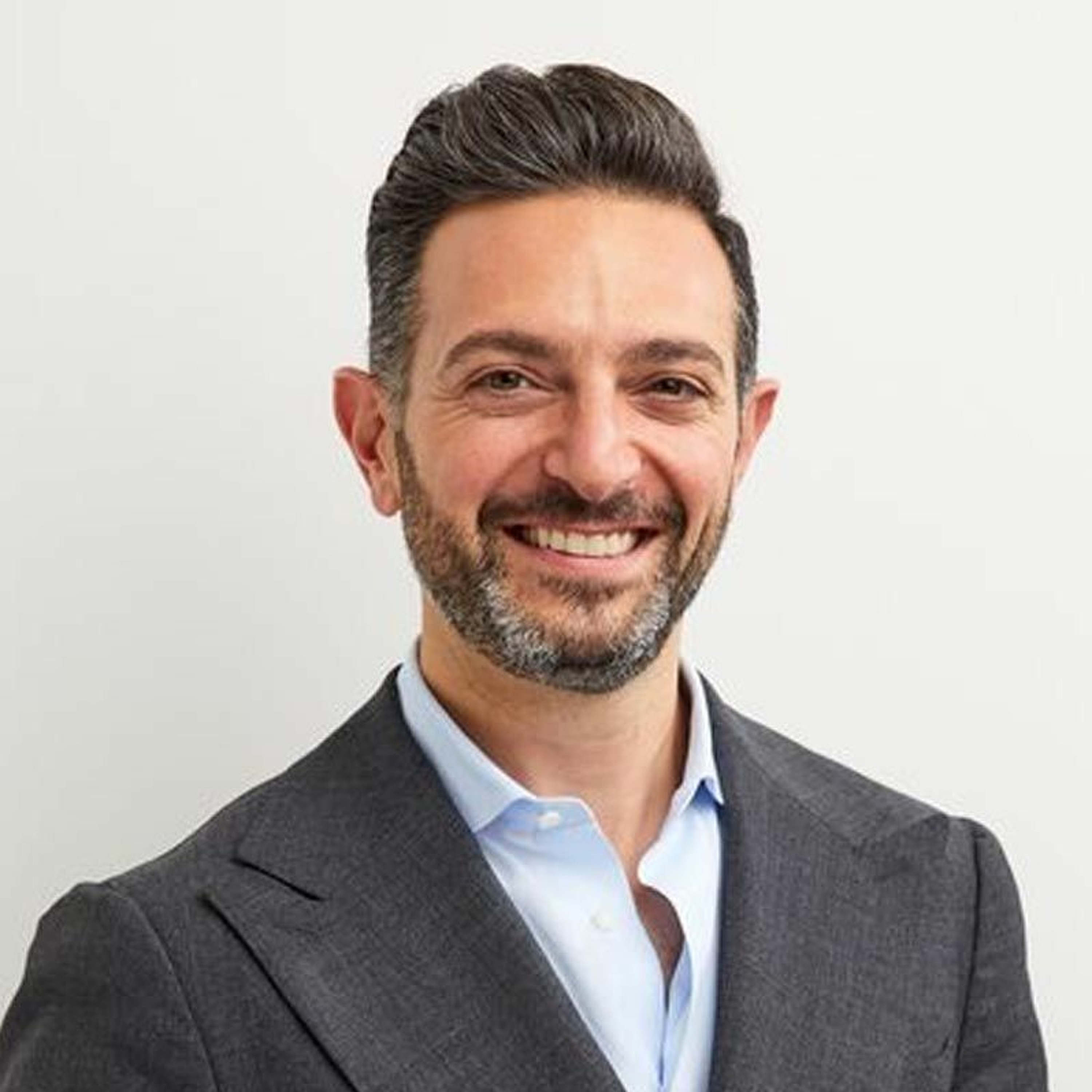

ProFound Therapeutics has developed platform technology to catalogue and understand previously undetected human proteins and the role they play in health and disease. By focusing on proteins in the process of translation, the company said it has identified tens of thousands of undiscovered proteins that can provide untapped therapeutic targets. We spoke to Avak Kahvejian, co-founder and CEO of ProFound Therapeutics, about the company’s platform technology, the vastness of the unexplored proteome it seeks to discover, and how this can lead to the development of breakthrough medicines.
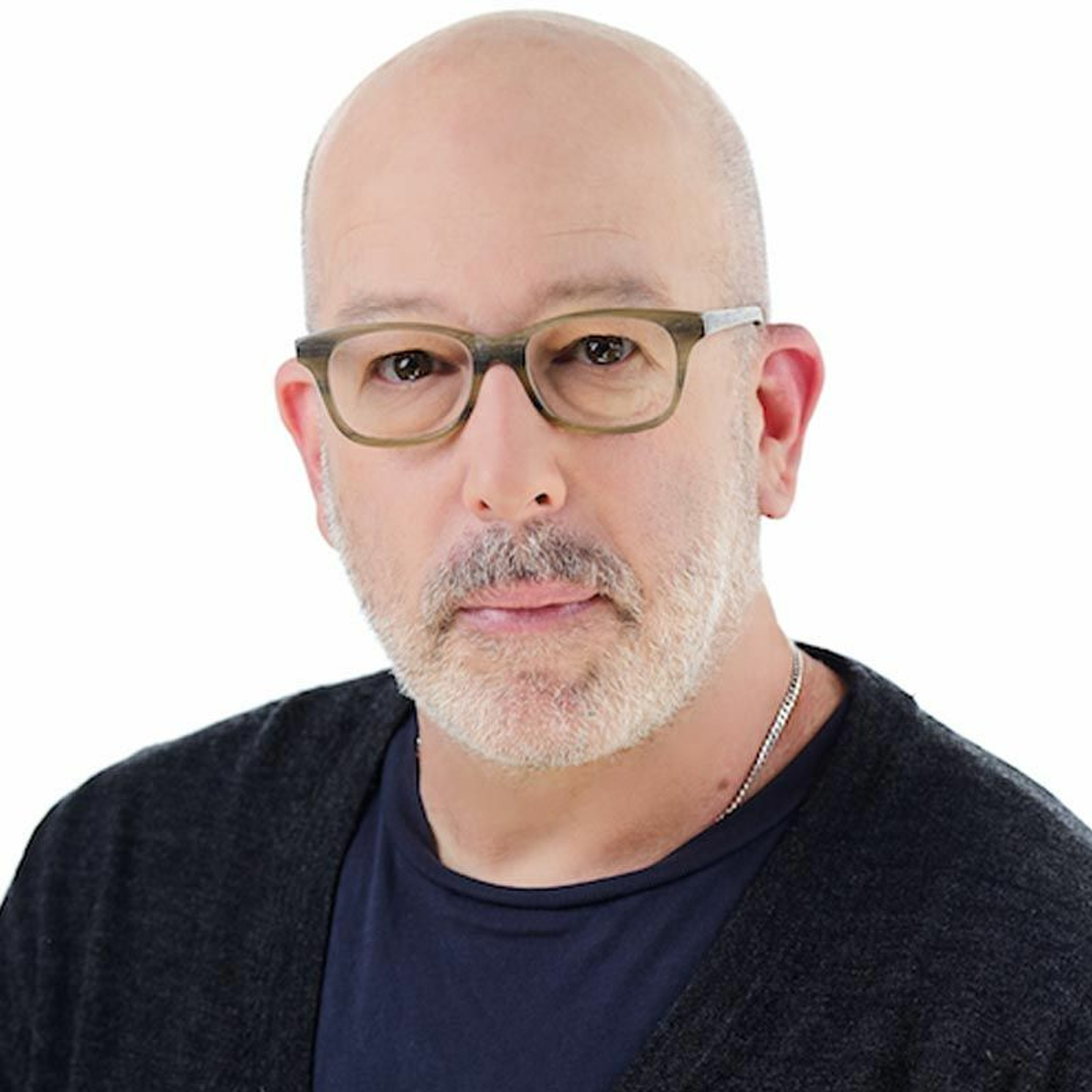

It was a difficult year for biotechs with drops in the major biotech indices, fewer new drug approvals, and more than 125 companies announcing layoffs. But there were also triumphs to celebrate. We continue our annual tradition of ending the old year and ushering in the new one with Adam Feuerstein, Polk Award Winning journalist and senior biotech writer for STAT. We discuss the good, the bad, and the ugly of biotech in 2022; Feuerstein’s annual best and worst CEO list, and what’s ahead at JPMorgan and beyond in 2023.


Checkpoint inhibitors are not new, but Immutep is developing therapies that target LAG-3, a checkpoint discovered by its chief scientific officer. The LAG-3 gene codes for a protein that plays a role in the regulation of the immune system and is expressed on T cells. Immutep is seeking to target LAG-3 to both stimulate the immune system to treat cancers and suppress the immune system to treat autoimmune disease. We spoke to Marc Voigt, CEO of Immutep, about the LAG-3 checkpoint, the company’s lead experimental candidate, and its partnerships with GSK and Novartis to develop therapies for cancer and autoimmune diseases.


The ability to engineer biology is not only revolutionizing how we treat illness, but the way grow food, and produce goods as well. With this ability, though, comes an awareness of how the same technology can be used for nefarious purposes. We spoke to Matt McKnight, general manager of Biosecurity of Ginkgo Bioworks, about our increasing ability to engineer biology, the potential risks that come with that, and the steps we are taking to safeguard ourselves against those risks.


Cytokines control nearly all aspects of the immune system. As drugs, though, they have limited potential because of inherent drawbacks. Simcha Therapeutics is engineering versions of cytokines to activate various immune cells in the fight against cancer. Simcha’s most advanced program, ST-067, is the first in a new class of interleukin-18 based immunotherapies designed to overcome a key defense mechanism that the tumor microenvironment produces to prevent Interleukin-18 from doing its work. We spoke to Sanuj Ravindran, CEO of Simcha Therapeutics, about the company’s engineered cytokines, how they work, and why they may represent a powerful addition to the immunotherapy arsenal.


Arcellx is developing controllable cell therapies for the treatment of cancer and autoimmune diseases. It’s platform technology allows it to mark diseased cells within the body for destruction. Its cell therapies then destroy the flagged cells. We spoke to Rami Elghandour, chairman and CEO of Arcellx, about the company’s platform technology, how it works, and how it may lead to safer and more effective cell therapies.


Despite the large human and societal costs of neuropsychiatric disorders, many of these conditions have poor or no treatment options. And there has been a dearth of new mechanisms to treat major neuropsychiatric disorders for decades. PsychoGenics is seeking to change that with its unique approach to drug discovery for these conditions. Rather than rely on a target-based approach, the company has created high-throughput phenotypic screens using validated mouse models and artificial intelligence to detect behavioral changes. We spoke to Mark Varney, chief scientific officer of PsychoGenics, about the company’s use of phenotypic screens to discover new drugs for neuropsychiatric disorders, how it works, and the case for this approach.


Chronic, cancer-related pain affects between 30 and 50 percent of patients undergoing cancer treatment and more than 70 percent of patients with advanced disease. Linda Carlson, Enbridge research chair in psychosocial oncology at the University of Calgary Cumming School of Medicine, is working with digital therapeutics developer Rocket VR Health to study the potential of a virtual reality-guided mindfulness intervention program in adult cancer patients with chronic, cancer-related pain. The thinking is that mindfulness could mitigate chronic cancer-related pain by regulating both physical and emotional resistance to it and that virtual reality could create an immersive environment that could focus patients’ attention on present moment experiences making it easier for them to achieve mindfulness achieve more effective results. We spoke to Carlson about the problem of chronic pain in cancer, the case for mindfulness, and why the use of virtual reality might provide better outcomes for patients.


One reason immunotherapies can fail in cancer is that the tumor microenvironment can suppress activation of the immune system. Surface Oncology is using multiple platform technologies to discover new antibody therapies that activate both the innate and adaptive immune systems to improve how people with cancer respond to these medicines. We spoke to Rob Ross, CEO of Surface Oncology, about the tumor microenvironment, the approach Surface is taking to activate both the adaptive and innate immune system, and its lead therapeutic candidates in development.


The deepening understanding of the biology of aging is giving rise to a growing list of companies that seek not only to address diseases of aging, but find ways to extend the healthy years of life. LongeVC is a venture capital firm focused on seed and early-stage investment in longevity statups. It’s also built a community of like-minded companies to support startups, as well as an acceleration program for them. We spoke to Sergey Jakimov, founding partner of LongeVC, about the firm’s approach to investing, what constitutes a longevity play for it, and the network of companies it has assembled to help advance the startups it backs.
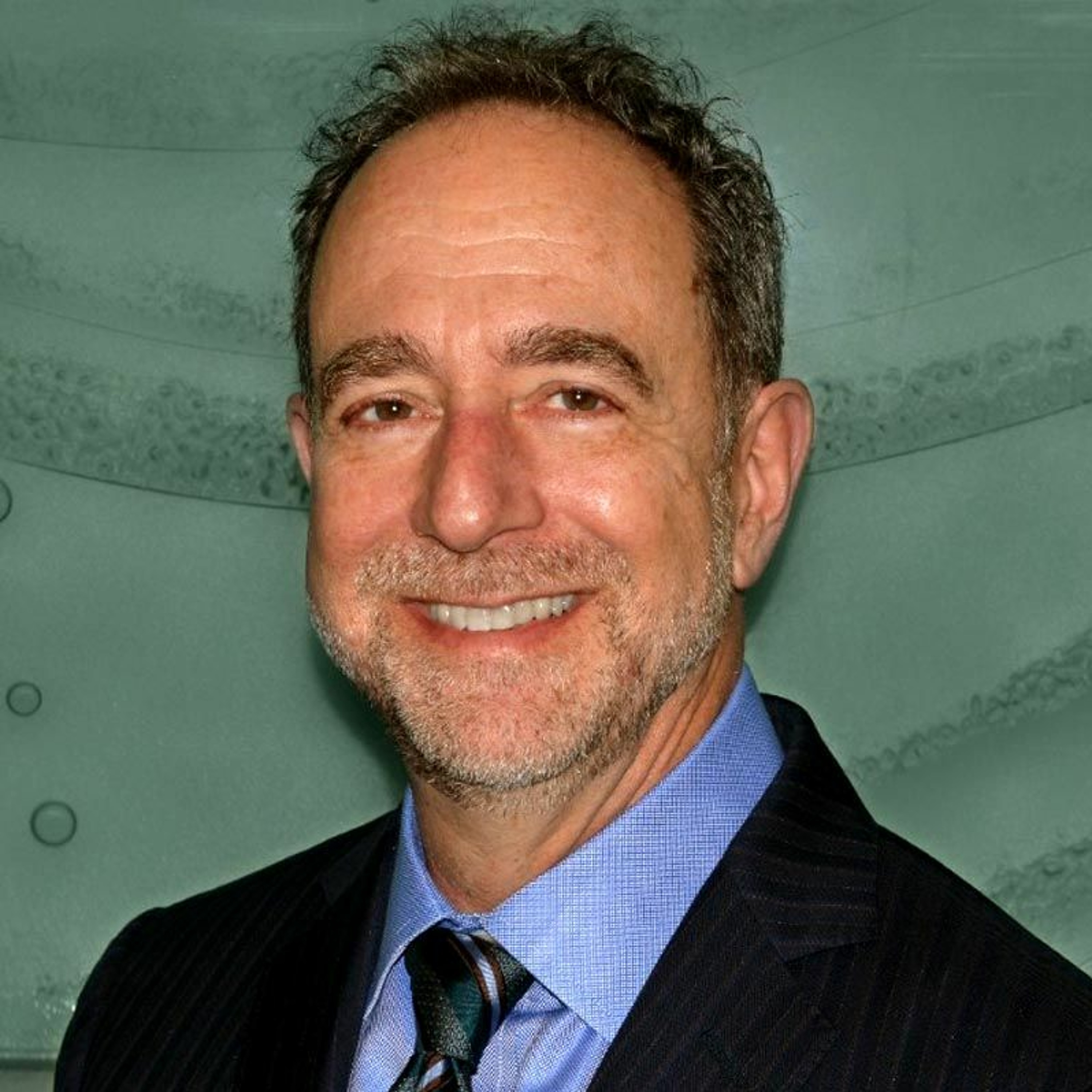

A subset of patients treated with checkpoint inhibitors respond particularly well to these immunotherapies. These so-called “elite responders” produce antibodies that modulate immune cells in the tumor microenvironment. OncoResponse is working to discover the antibodies these elite responders produce to develop a pipeline of cancer therapies. We spoke to Bob Lechleider, chief medical officer of OncoRepsonse, about the tumor microenvironment, how his company is studying elite responders to immunotherapies to discover new antibodies to modulate the immune system, and his company’s lead program in clinical development.
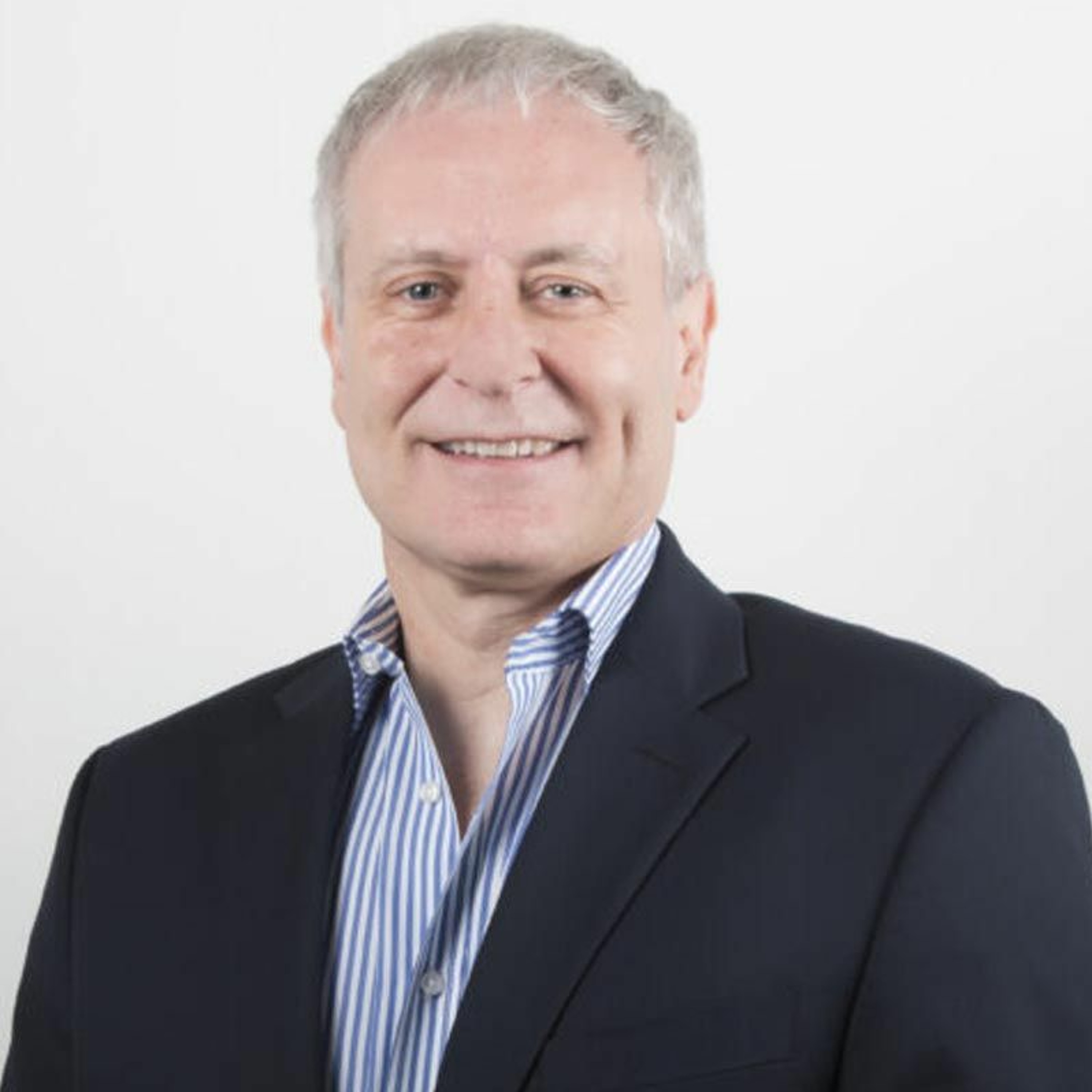

Obesity rates in the United States have doubled in the past 20 years and without changes, nearly half of the adult population will be obese by 2030. Though there are many approaches to weight loss—diet and exercise, drugs, surgery—their safety and efficacy varies widely from patient to patient. Phenomix Sciences is using phenotyping to understand the type of obesity each individual has to tailor treatments that address it specifically. Based on work at the Mayo Clinic, Phenomix breaks obesity into four different subtypes. We spoke to Mark Bagnall, CEO of Phenomix, about the company’s efforts to bring precision medicine to the treatment of obesity, the testing it performs, and the science underlying its approach.


RNA therapies and vaccines have already shown their power. Nutcracker Therapeutics is taking a nod from the high-tech sector to harness semiconductor-like biochips and microfluidic engineering to create a fully automated platform to increase the speed and scale at which RNA therapies can be discovered, developed, and manufactured. It is developing multimodal RNA therapies which serves as an RNA cocktail to attack multiple disease mechanisms at once. We spoke to Geoff Nosrati, chief business officer of Nutcracker, about the company’s platform technology, its lead program targeting HPV-driven tumors, and its focus on multimodal RNA therapies.
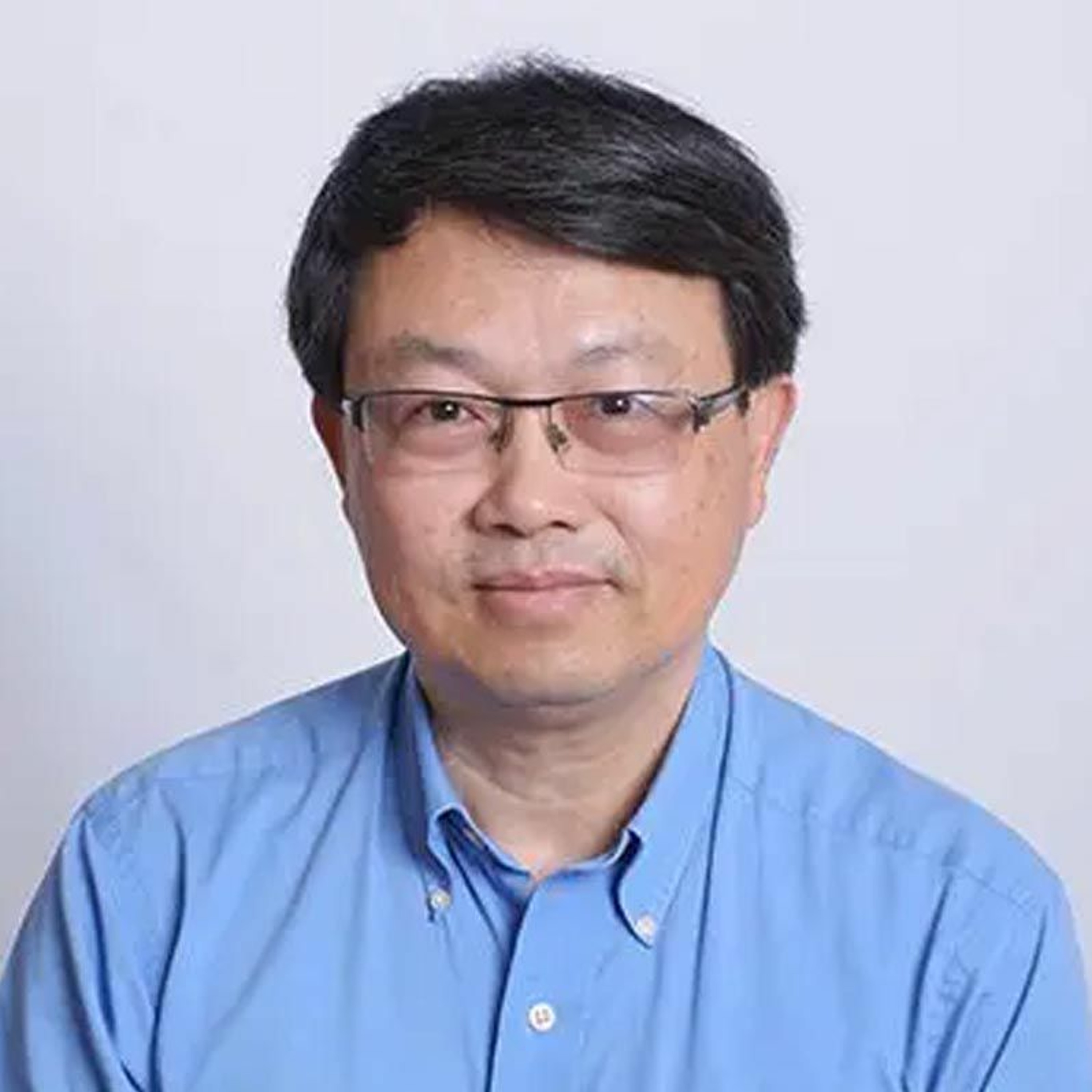

Immune checkpoint inhibitors are transforming cancer care, but still have low response rates in most solid tumors. When cancer spreads to the liver, it can render immunotherapies ineffective because of the large number of immune-suppressive macrophages that are present there. Teclison has developed platform technology that chokes off tumors and activates the immune system against the cancer. The company said its technology can significantly enhances the therapeutic benefit of immunotherapies and can be leveraged to treat nearly all solid tumors. We spoke to Ray Lee, founder and chief medical officer of Teclison, about the company’s platform technology, it’s lead therapeutic candidate, and how it can trigger a systemic immune response.
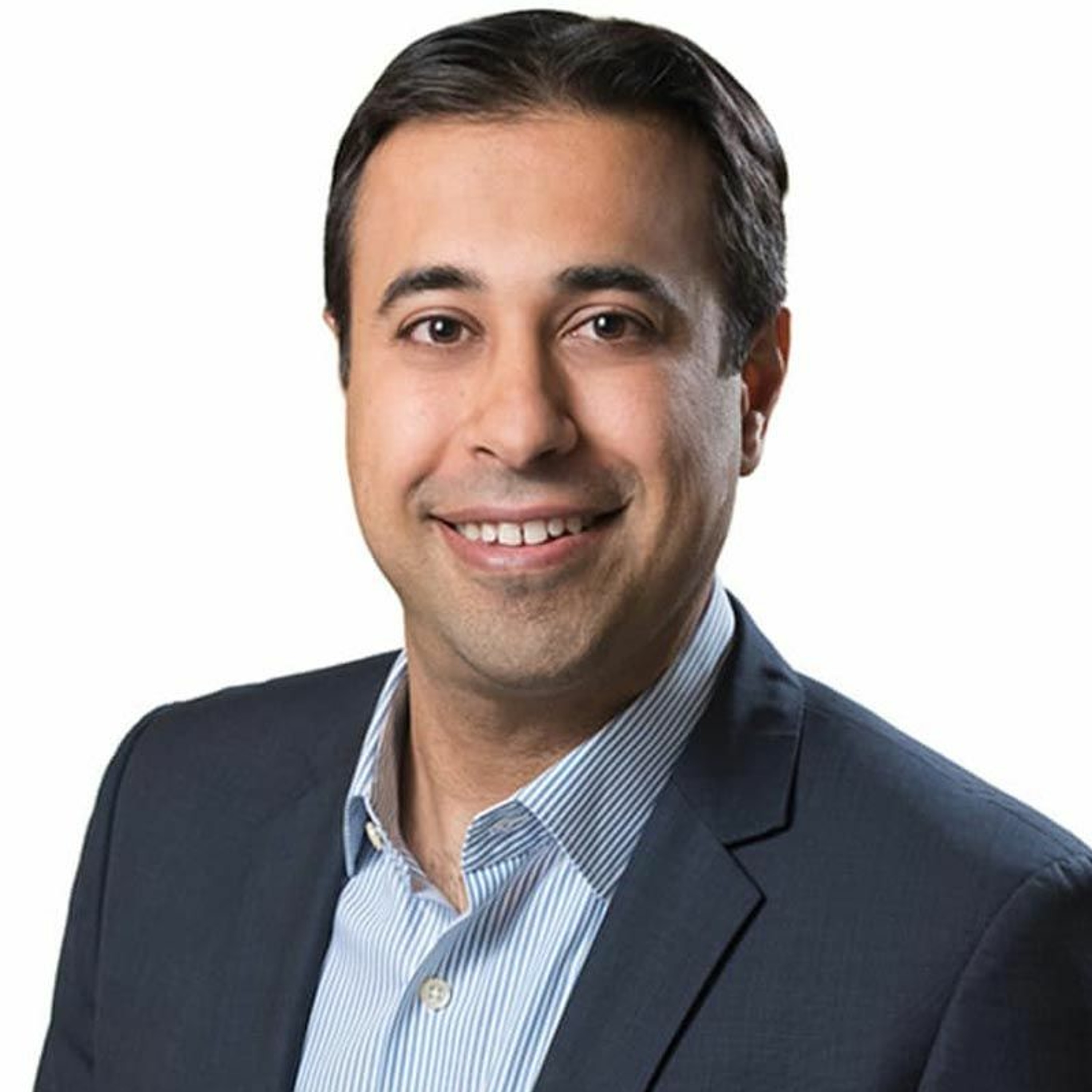

Inspirna is putting RNA biology to work to address difficult to treat cancers that affect large numbers of people, such as colorectal cancer, small cell lung cancer, and non-small cell lung cancer. Its platform technology is being used to discover the underlying drivers of cancer that can be drugged by both small molecules and biologics to address RNA dysregulation. We spoke to Masoud Tavazoie, co-founder and CEO of Inspirna, about the role RNA dysregulation plays in certain cancers, Inspirna’s platform technology, and its clinical pipeline in development.
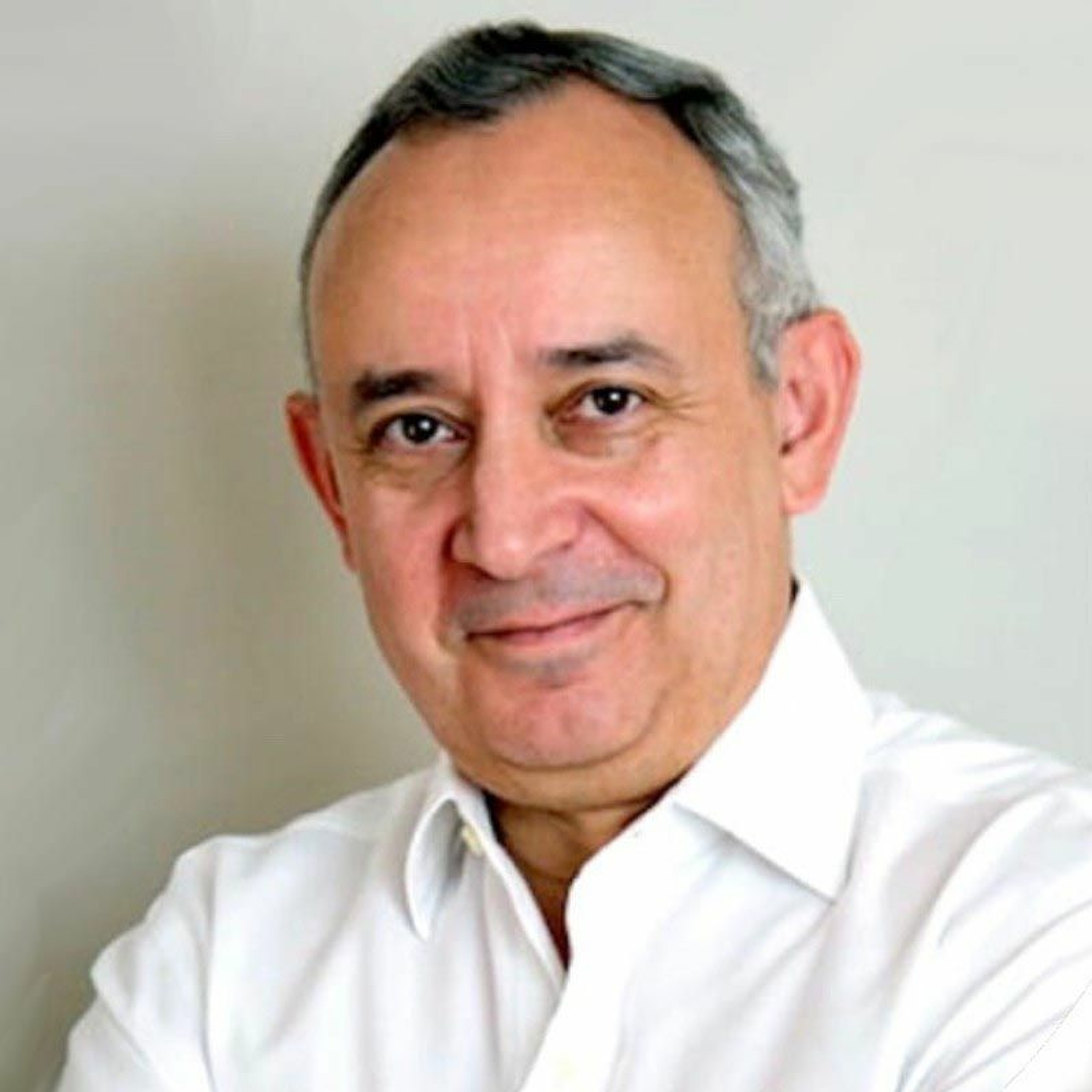

Kinase inhibitors have become staples in the arsenal to battle cancer. These medicines can disrupt the cell signaling that drives the growth and spread of tumors. There are more than 30 approved kinase inhibitors today, but they often have dose limiting toxicities, in part because they often lack specificity and can have activity against multiple kinases at once. Blueprint Medicines is seeking to develop next-generation kinase inhibitors that are highly selective to treat genomically-defined cancers and rare diseases. We spoke to Fouad Namouni, president of research and development for Blueprint, about the company’s discovery platform, the large unexplored territory of kinases, and what makes Blueprint’s kinase medicines next-generation.


Cell and gene therapies offer great promise for treating, preventing, or curing serious health issues like cancer, genetic disorders, immunodeficiencies, and rare diseases. Nevertheless, the complexity and costs of producing and delivering these personalized medicines creates barriers to patients benefiting from their potential. Orgenesis is seeking to change the business model around cell and gene therapies through its Point-of-Care Platform, which it says can lower the cost, accelerate development, and expand access for patients. We spoke to Vered Caplan, CEO of Orgenesis, about the challenges of cell and gene therapy, how the company’s Point-of-Care Platform technology addresses those, and its network approach to building a pipeline of therapies across a wide range of indications.
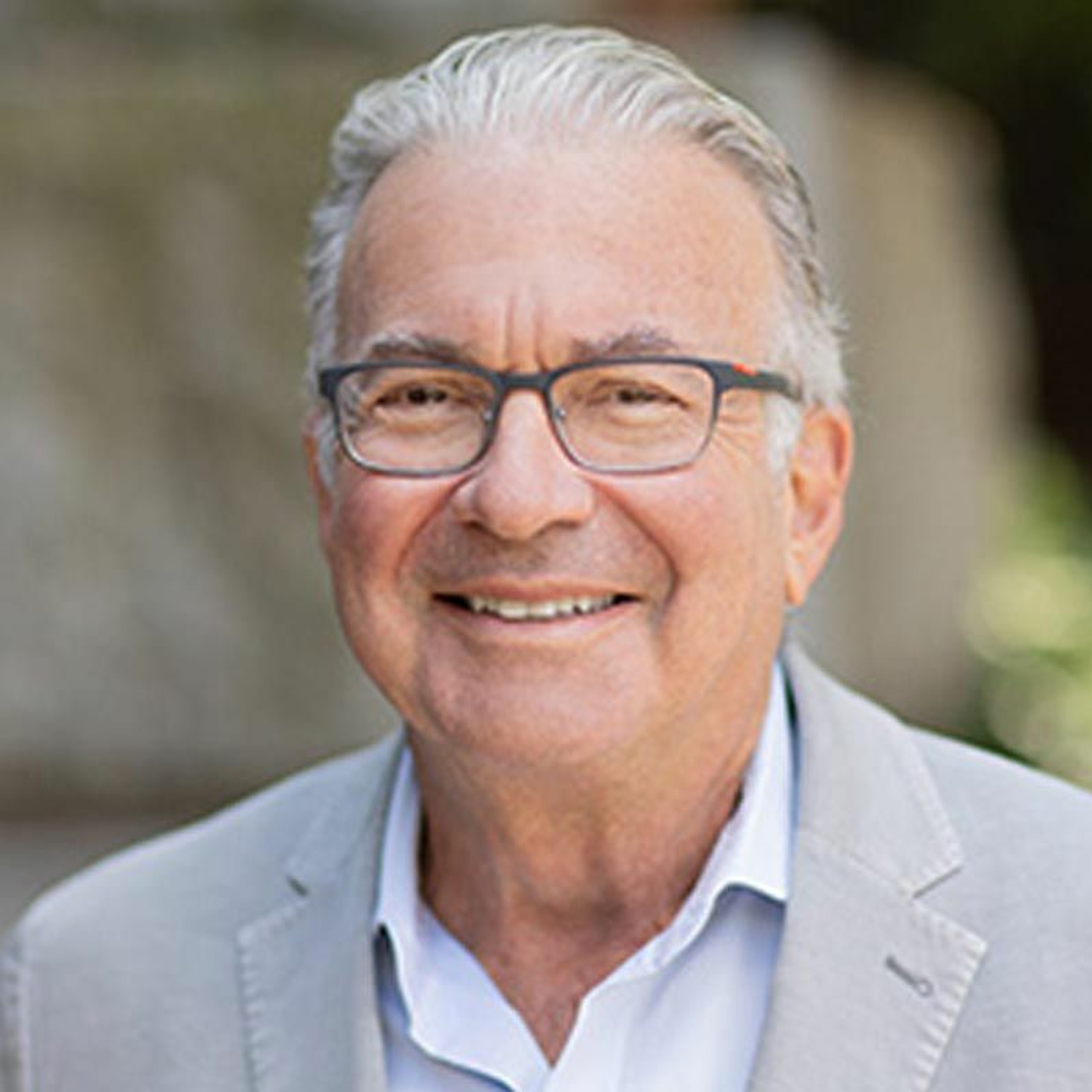

Radiopharmaceuticals have long been shown to be effective at killing cancers, but often damage healthy cells because they are so toxic. Convergent Therapeutics has developed platform technology that takes advantage of the power of radiopharmaceuticals, but links them to targeting mechanisms, such as monoclonal antibodies and ligands, to deliver them in a precise and highly targeted ways. Its lead experimental therapy is an actinium-linked monoclonal antibody that targets prostate-specific membrane antigen to treat prostate cancer. The ability to use dual targeting mechanisms offers the potential for powerful combinations of radiopharmaceuticals while limiting their toxicities. We spoke to Philip Kantoff, co-founder and CEO of Convergent, about the company’s platform technology for developing next-generation radiopharmaceuticals, how the company targets tumor surface molecules, and how its approach minimizes the toxicity of these therapies.
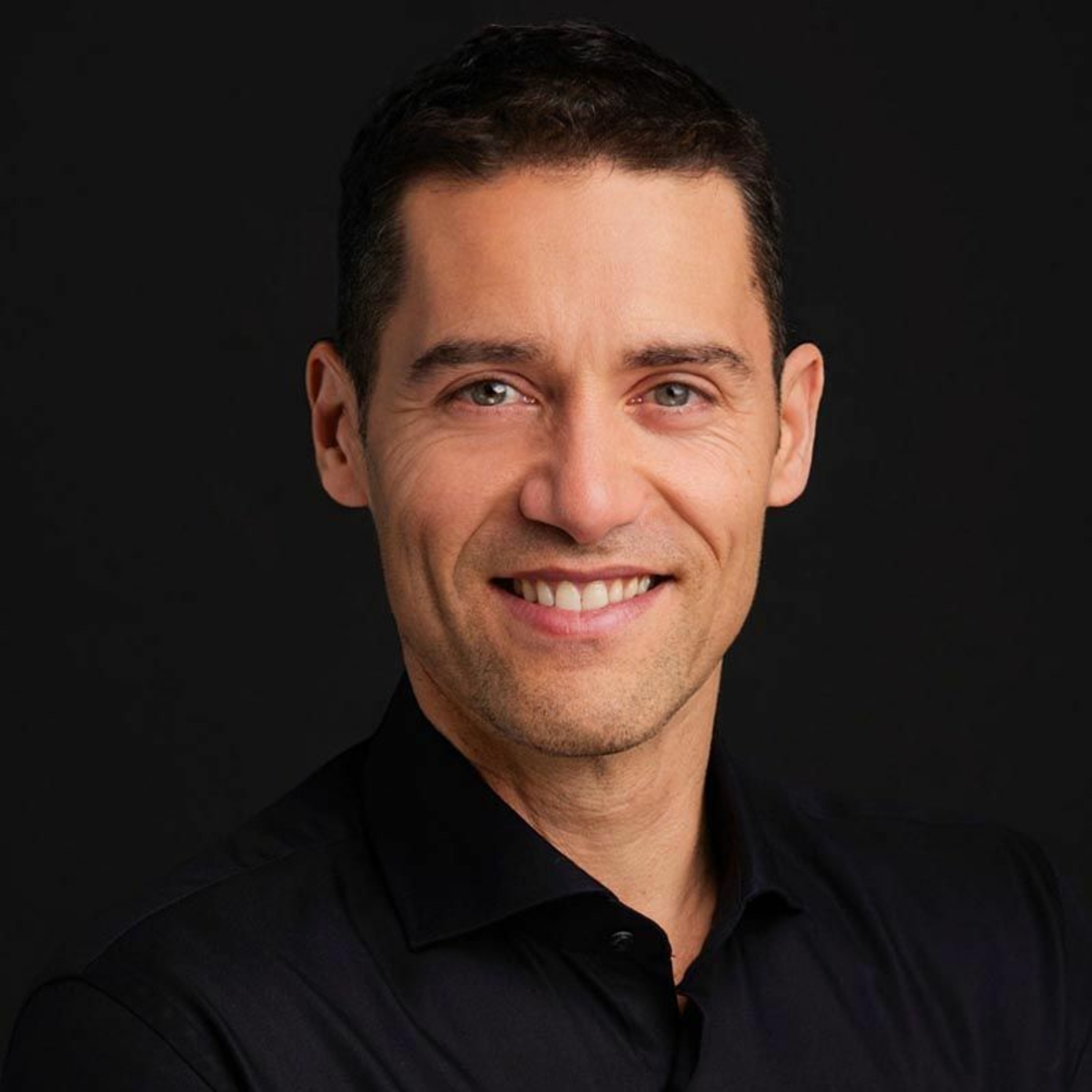

Whether it’s capturing the imagination of a venture capitalist, enticing a potential partner, or attracting talent, CEOs need to be able to tell their company’s story effectively. In his new book “Winners Have a Story,” Giuseppe Marzio discusses how CEOs can turn complex science and technology into compelling tales. Marzio, who worked as a scientist in biopharma before launching a communications agency, comes to his interest in storytelling honestly. Growing up with a love for the cinema, he had dreams of becoming a filmmaker and has studied the structure of stories. We spoke to Marzio, founder of the communications agency Chiaro, about his new book “Winners Have a Story,” why a good pitch shares a common structure with novels and movies, and why a company’s strategy and story are inextricably linked.
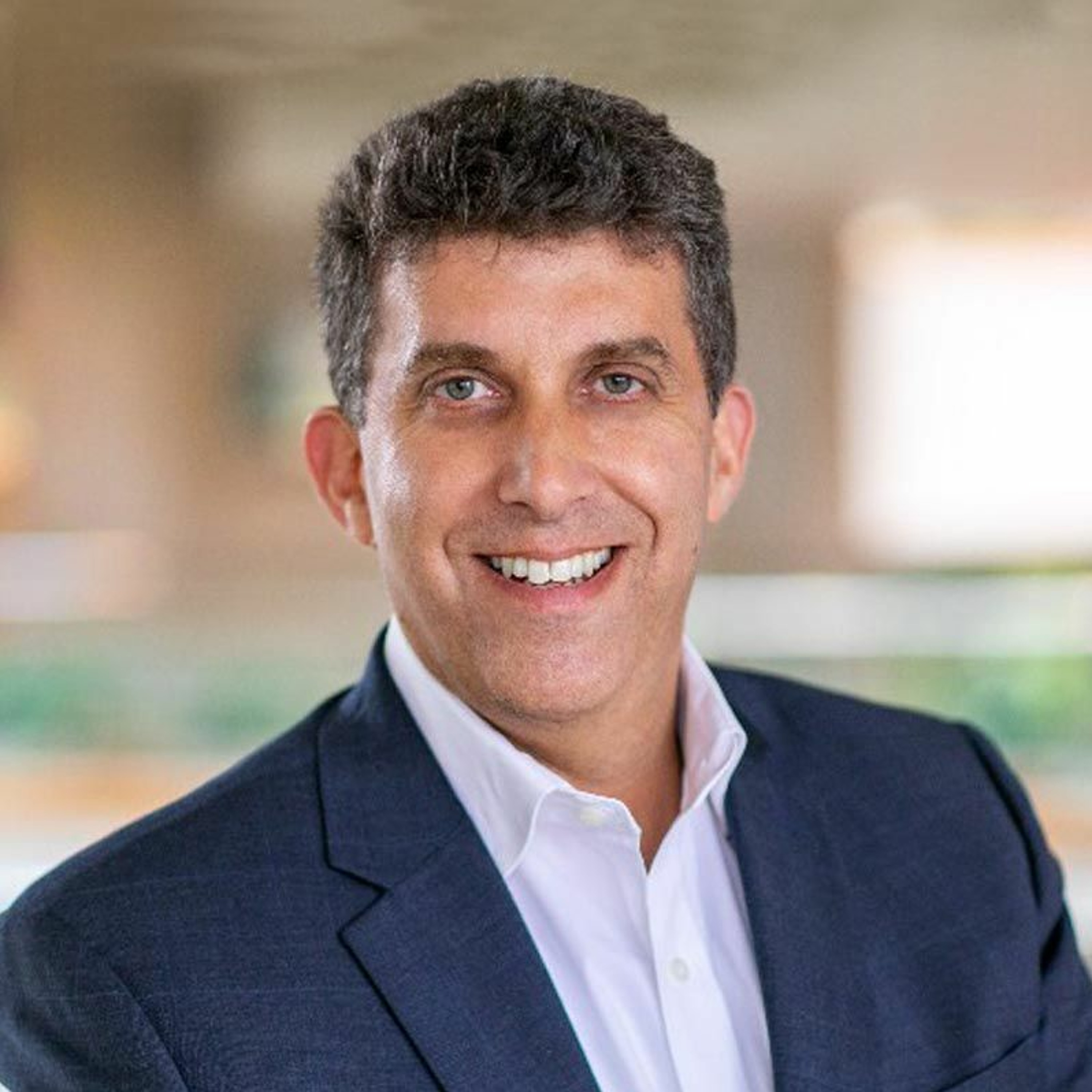

It’s been understood for more than 60 years that cancer cells overproduce sugars on their surface. More recently it’s been discovered that these sugars can help cancer cell evade the immune system. Palleon Pharmaceuticals is developing immunotherapies that work by targeting these cell surface sugars and make them vulnerable to attack. We spoke to David Feltquate, chief medical officer of Palleon, about the potential to harness glycobiology to treat cancer, how the company is working to modulate cell-surface sugars, and its emerging pipeline of glycol-immuno therapies.
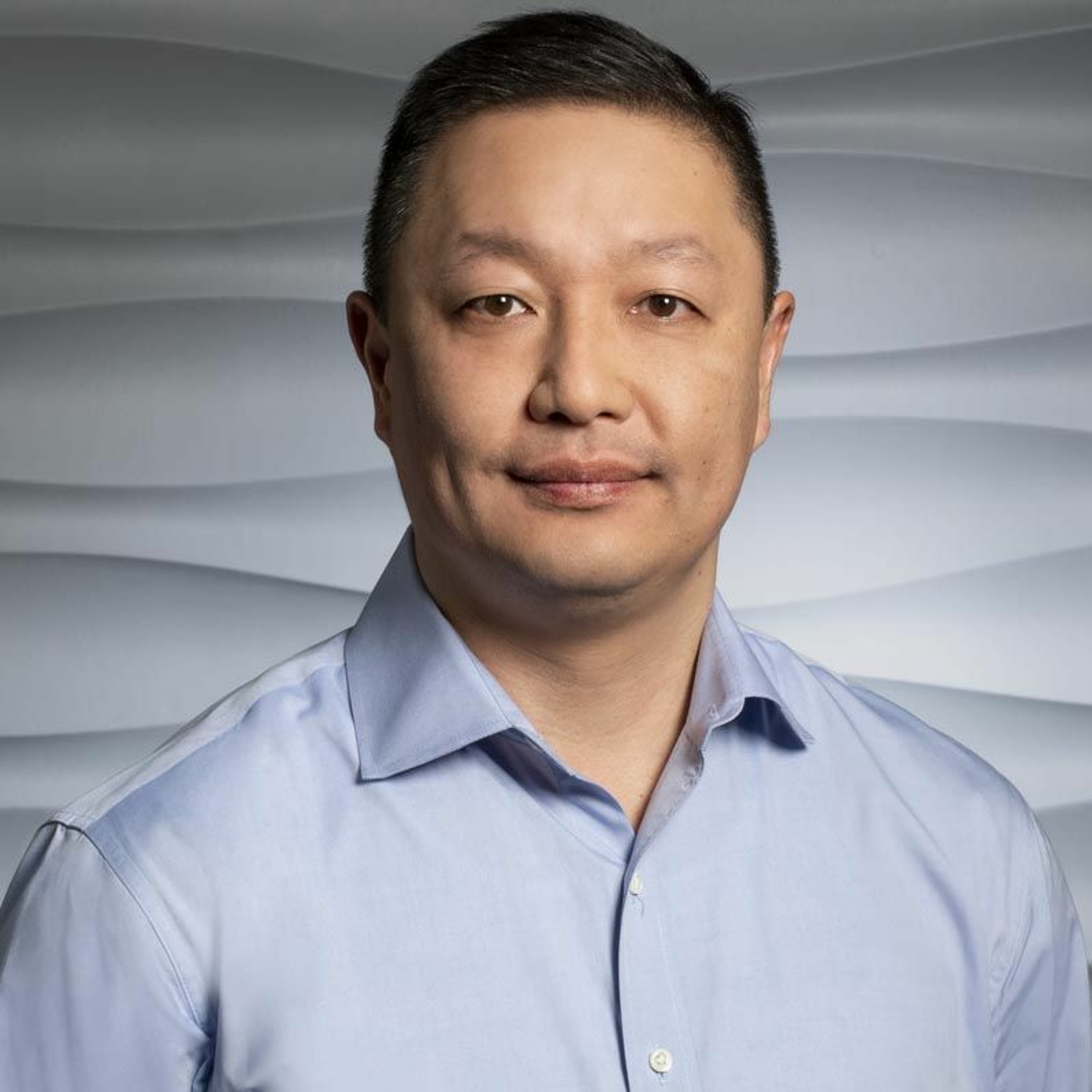

Current treatment of acute myeloid leukemia generally consists of chemotherapy followed by a hematopoietic stem cell transplant to eliminate any remaining cancer cells from the bone marrow. Even though outcomes remain poor with around 40 percent of transplanted patients experiencing cancer relapse, and patients who do relapse having two-year survival rates of less than 20 percent, the approach has changed little in 40 years. One reason is that newly transplanted patients are unable to receive targeted cancer therapies since those therapies would be toxic to the fragile transplanted stem cells. Vor Bio’s solution is to edit the stem cells prior to transplanting them so they lack the receptors targeted therapies attack. We spoke to Robert Ang, president and CEO of Vor Bio, about the company’s platform technology, how it works, and why it has the potential to change outcomes for patients with AML and other hematologic malignancies.


In cancer, the rigorous translational machinery of the human body goes haywire, causing an overproduction of proteins that fuel the growth and spread of tumors, as well as enabling them to evade the immune system. Effector Therapeutics is developing a new class of cancer therapies called selective translation regulator inhibitors, or STRIs, that can inhibit the production of proteins that drive a cancer. We spoke to Steve Worland, president and CEO of Effector, about the company’s new class of therapies, how they target a central node where two major cancer signaling pathways converge, and how they pack the punch of a combination therapy in a single drug.


While cell therapies hold great promise for not only halting the progression of degenerative disease but potentially restoring the body, cost has remained a barrier. Lineage Cell Therapeutics is developing allogenic cell therapies that don’t rely on modifying a patient’s own cells, making them scalable and less costly than autologous ones. At the end of last year, the company entered into a partnership with Genentech to develop and commercialize OpRegen, its experimental cell therapy for dry age-related macular degeneration. We spoke to Brian Culley, CEO of Lineage Cell Therapeutics, about the company’s platform technology for off-the-shelf cell therapies, how its platform works, and what the collaboration with Genentech will do to advance the technology.


A broad range of serious diseases involve chronic inflammation, which causes both pain and progressive damage. Xalud Therapeutics is developing a locally-delivered, non-viral gene therapy that is designed to harness the ability of interleukin-10 to regulate the immune system and restore homeostasis. The company’s lead indication is in osteoarthritis We spoke to Diem Nguyen, CEO of Xalud, about the role inteleukin-10 plays in regulating multiple pathways in the immune system, Xalud’s gene therapy, and the indications the company is pursuing.
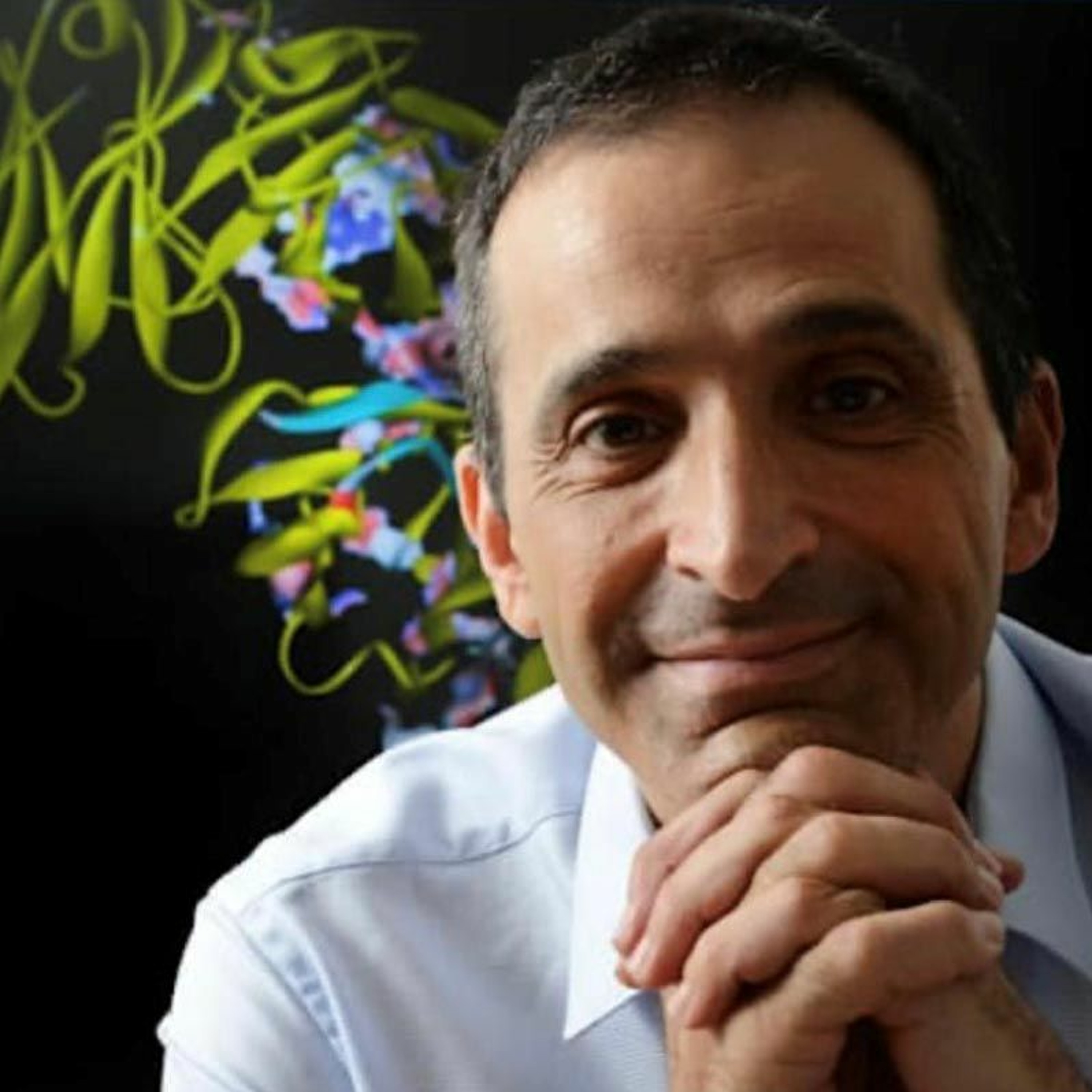

Traditional antibody discovery depends, in part, on a bit of good fortune that banks on the hope that either screening antibody libraries or exposing an organism to an antigen will result in the discovery of a compelling therapy. Yanay Ofran, CEO of Biolojic Designs, says the problem with this approach is that it ignores many of the performance-related aspects of an antibody beyond its ability to bind to a target. His company’s AI platform for antibody discovery seeks to capitalize on the full capabilities of antibodies to develop smarter therapies that can serve as molecular switches and act conditionally. We spoke to Ofran about Biolojic’s platform technology, how it mimics the way the immune system makes antibodies, and why its approach will lead to smarter therapies.


The rise of antibiotic resistance and the threat of emerging viral pathogens have created global public health threats. Recce Pharmaceuticals is developing a new class of synthetic anti-infectives that it says can overcome the hyper-cellular mutation of bacteria and viruses. What’s more, the company says their potency doesn’t diminish even with repeated use. We spoke to James Graham, CEO of Recce, about its synthetic anti-infectives, how they work, and why they can be used repeatedly against a broad range of bacteria and viruses.